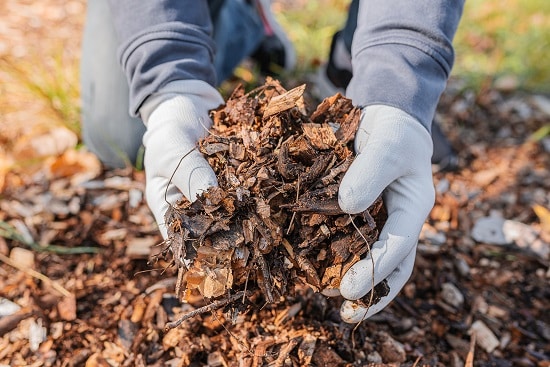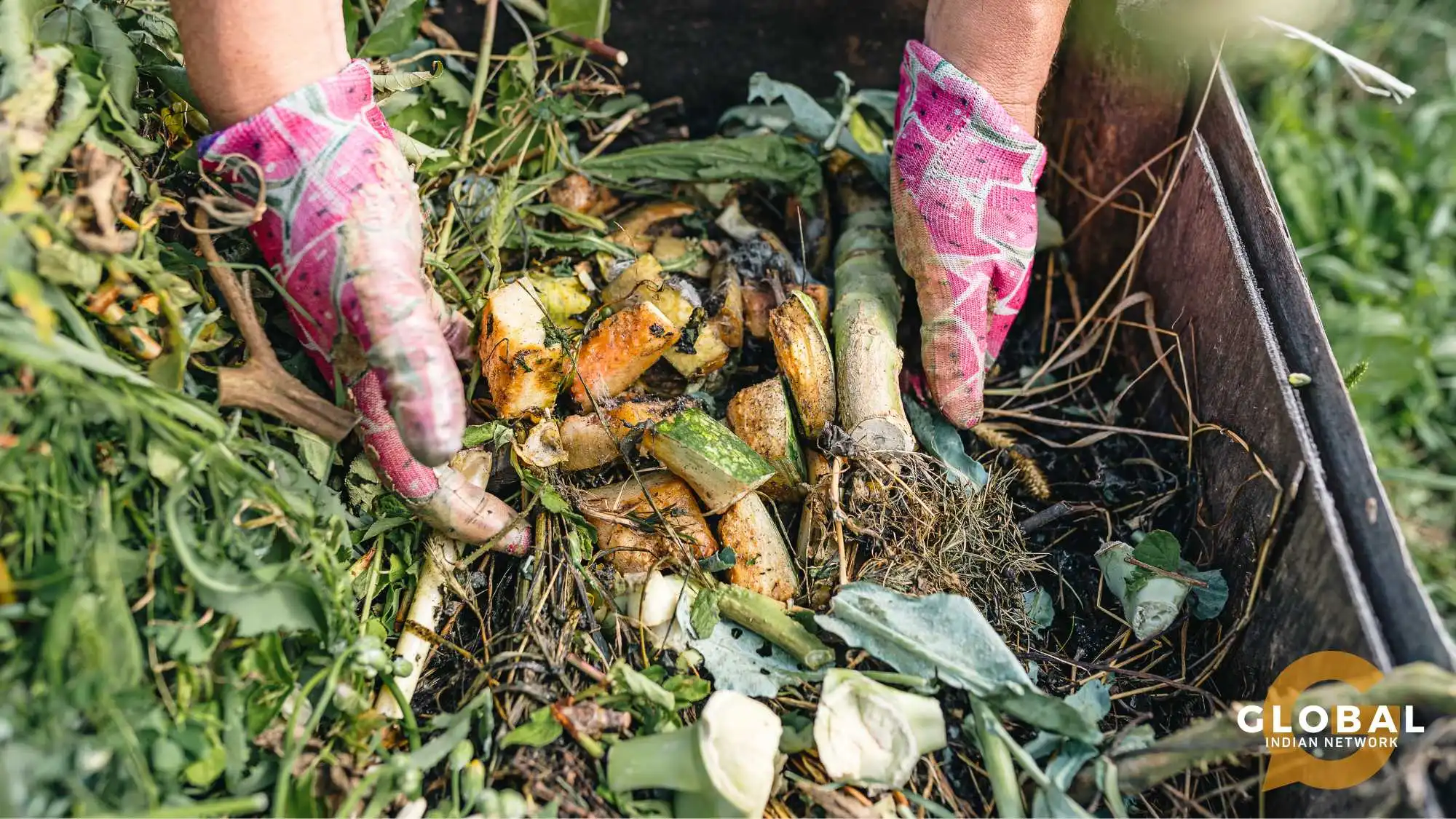Agriculture plays a crucial role in our lives, from the vibrant vegetables in our salad bowls to the juicy fruits in our desserts and the golden grains of rice on our plates.
However, the process of our food coming from the farm to our homes comes with a huge burden—agricultural waste. If it is not managed properly, this waste can be extremely harmful to the environment.
This blog provides a guide to agri waste management techniques that you can implement to reduce your environmental impact.

Table of Contents
Understanding Agri Waste and its Impact on the Environment
The agricultural sector is a crucial aspect of global economic development and the sustainer of human life.
However, agricultural waste comprises numerous inorganic and organic waste thrown away after agricultural operations, such as livestock farming and crop production.
Although agricultural waste can be a huge burden, its diverse nature gives it massive potential. Through proper agricultural waste management, it can be a valuable resource since it is rich in nutrients and biodegradable.
Types of Agricultural Wastes
Agricultural crop residues: Crop waste includes leaves, husks, stalks, and straw. They typically remain after harvesting rice, corn, sugarcane, and wheat.
Animal waste: Urine, faeces, and bedding materials.
Leftover feed: Forages and grains.
Plant residues: Leaves, branches, trimmings, and grass clippings.
Packaging materials: Cardboard boxes, plastic bags, and containers.
Harvest and processing waste: Vegetable trimming, damaged produce, fruit peels, and byproducts from food processing.
Proper agri waste management techniques are essential given the wide range of agricultural waste. Failure to do so has significantly impacted the quality of life and our precious ecosystems.
For instance, improper management of residues resulting from agricultural activities can cause water pollution, decrease soil fertility, affect the climate, and pose serious risks to human health.

Agri Waste Management: The Key to a Greener Future for Agriculture
Agri waste management is a term used to refer to the handling, management, and coordination of waste generation from farming operations of agricultural production.
The main goals of this process are to avoid soil and water pollution, greenhouse gas emissions, and health risks.
Waste reduction, recycling, and reusing are the fundamentals of an effective agri waste management technique.
Naturally, farmers play a significant role in reducing agricultural waste. They can do so by adopting sustainable farming practices and engaging in proper waste management techniques to reduce the environmental impact of agricultural residue.
Here are some suggestions:
1. Composting
2. Anaerobic Digestion: Transforming organic waste into biogas (a renewable energy source).
3. Vermicomposting: Using worms to decompose organic matter and quicken composting.
4. Switching to biodegradable packaging.
5. Implementing improved harvesting practices.
6. Enrolling in recycling programs.
7. Proper disposal techniques are needed to avoid pollution from streaming into water sources and affecting water quality.
How Can You Contribute to Agri Waste Management?
While farmers play an essential role in agri waste management, you’d be surprised to know the many ways you can contribute.

Here are some easy ways you can reduce agri waste at home:
Meal Planning
The key to reducing wastage lies in creating a meal plan every week. It is valuable in avoiding impulse purchases. Moreover, you will start getting a gauge of how much groceries you require, which will help you ensure you use all the ingredients you purchase.
Plan Before You Shop

It is always a good idea to make a grocery list before you head out shopping. This way, you can buy exactly what you need and save the time you spend in front of the grocery aisles wondering what to buy.
Stick to Seasonal and Local Produce
Seasonal produce has a shorter shelf-life. It also means that you are receiving it at pea supply at its cheapest. The benefit of buying locally is that the food takes less time in transit. Not only does this mean it has a high nutritional value, but it also means that you are indirectly minimizing transportation-related waste.
Proper Storage

Storing your groceries properly helps extend their shelf life. Try to learn how to store the various food items you usually buy appropriately.
Additionally, make sure you know what is going on in your pantry and refrigerator. Be sure to use your products before they expire.
Get Creative with Leftovers
Leftovers are often thrown away without a second thought. Use this as an opportunity to get creative and utilize leftover food products to minimize your wastage.
Compost Scraps
With the many fruits and vegetables you eat, there is double the amount of food scraps left.
This could be peels, fruit cores, coffee grounds, or eggshells. Little do you know that these ‘scraps’ are highly nutritious and can be composted to create a great nutrient-rich fertilizer for your plants.
Recycle

Recycling is the process of collecting, sorting, and processing materials to turn them into new and valuable products or raw materials for other uses.
Most products that are recyclable have the recycle symbol on them. Enquire where you can send your recyclable waste for recycling and make it useful.
RELATED:
- E-Waste Management in India: Building a Responsible Future
- The Future of Clean Cities is Here: Smart City Waste Management Leading the Way
- The Future is Green: Innovative Waste Management Companies in India
- The Secret Weapon for Sustainable Living: Classification of Solid Waste
- Master Recycling: Understanding What Is Dry Waste And How To Sort It
- What is Meant by One Planet Living and How to Apply It?
- Plogging for a Cleaner India: Tackling India’s Litter Crisis with Ripu Daman Bevli
- World Environment Day Special: A Voice for Change with Ridhima Pandey
Conclusion
Managing agricultural waste is a big challenge, but individuals can reduce their environmental footprint with proper agri waste management techniques.
Through informed decisions, sustainable practices, and a dedication to responsible consumption, we can create a more sustainable agricultural sector.
The path to a greener environment can start right from the plate on your table!

FAQs
Which is the most harmful component of agricultural waste?
Although they may help soil health and soil structure, chemical fertilizers are one of the most harmful components of agricultural waste with their toxic chemicals.
What are the examples of agri-food waste?
Grounds, leaves, peelings, cores, bones, and shells are examples of agri-food waste that leads to environmental pollution.
How much agricultural waste is generated yearly in India?
Agricultural waste generation in India is about 350 million tons annually.










[…] think of a sustainable way to manage waste and waste-related issues. And, to think of sustainable waste management, the 4Rs of waste management come as a […]
[…] effective waste management systems to reduce packaging and increase […]